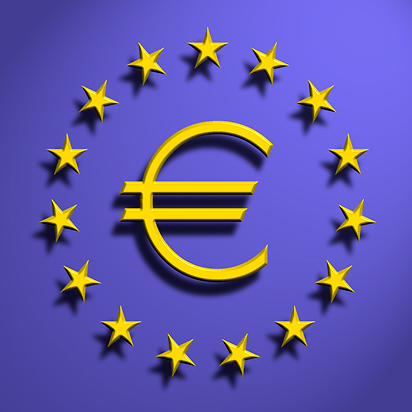
Photo retrieved fromhttp://sod-a.rsc-cdn.org/www.rsc.org/periodic-table/content/Images/Elements/Europium-L.jpg?6.0.3.0
- Europium, a member of the lanthanides group of elements
- Europium can be easily molded or shaped and is about as hard as lead.
- Europium is the most reactive of the rare earth metals, quickly oxidizing in air and, like calcium, it reacts quickly and vigorously with water.
- Europium can be found in the ores bastnasite and monazite. The element has also been identified in the sun and some stars.
- Europium is considered to be mildly toxic. The metal dust is considered to be a fire and explosion hazard.
- Europium is the most reactive of the rare earth metals and ignites in air at temperatures in excess of 150° C to 180° C.
- Unlike most other rare earth metals, europium can form stable compounds in the divalent state, Eu2+ (europous) as well as the usual trivalent state, Eu3+ (europic).
- Europium is also used in phosphors in anti-forgery marks on Euro bank notes.
- A soft, silvery metal that tarnishes quickly and reacts with water.
- Main mining areas are China and USA. Reserves of europium are estimated to be around 150.000 tonnes and world production of the pure metal is around 100 tonnes a year
- Europium is used in the printing of euro banknotes. It glows red under UV light, and forgeries can be detected by the lack of this red glow.
- Low-energy light bulbs contain a little europium to give a more natural light, by balancing the blue (cold) light with a little red (warm) light.
- Europium is excellent at absorbing neutrons, making it valuable in control rods for nuclear reactors.
- Europium-doped plastic has been used as a laser material. It is also used in making thin super-conducting alloys.
- Europium has no known biological role. It has low toxicity.
- Europium is one of the least abundant elements in the universe; only about 5×10−8% of all matter in the universe is europium.
- Europium is a dopant in some types of glass in lasers and other optoelectronic devices.
- Europium oxide (Eu2O3) is widely used as a red phosphor in television sets and fluorescent lamps, and as an activator for yttrium-based phosphors.
- Europium is also used in the manufacture of fluorescent glass.
- A recent (2015) application of europium is in quantum memory chips which can reliably store information for days at a time; these could allow sensitive quantum data to be stored to a hard disk-like device and shipped around the countryhttps://nanografi.com/blog/not-euro-this-is-europium/
Comments
Post a Comment